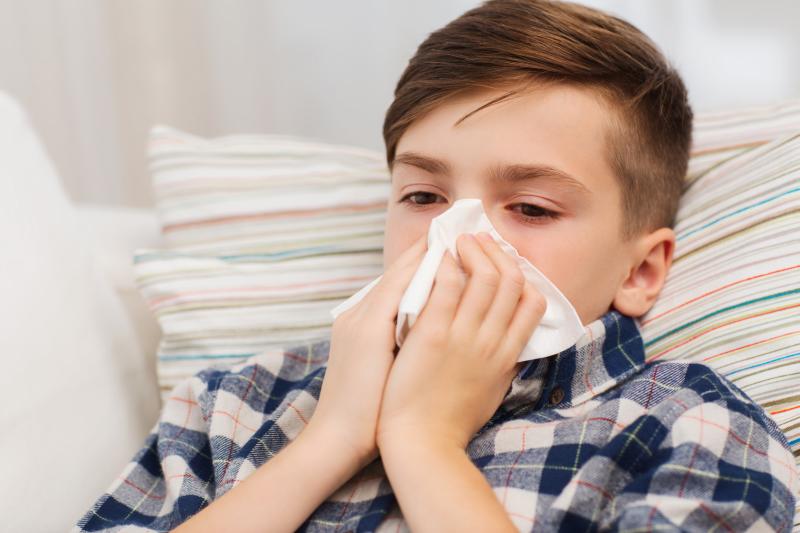
Among children residing in high-altitude areas, increasing severity of allergic rhinitis is associated with greater obstructive sleep apnoea (OSA) severity, according to a recent study.
The study included 99 children (mean age, 7.9 years; 45 percent female) with allergic rhinitis living in the high-altitude city of Bogota, Colombia. Researchers evaluated rhinitis severity using ESPRINT-15 questionnaire and Allergic Rhinitis and its Impact on Asthma (ARIA) classification. They established diagnosis and severity of OSA via polysomnography.
Results revealed ESPRINT-15 score to be associated with severe OSA (odds ratio [OR], 2.0, 95 percent CI, 1.12–6.04; p= 0.01). Children with moderate/severe persistent rhinitis, defined according to ARIA, were about 10 times as likely as those with mild rhinitis to have severe OSA (OR, 10.15, 1.15–89.0).
The apnoea-hypopnea index correlated with both the ESPRINT-15 score (p=0.03) and the ARIA severity scale (p=0.04). These associations were assessed using binary logistic regression and the Spearman correlation coefficient.
OSA affects about 2–4 percent of the paediatric population, while allergic rhinitis is a known risk factor for sleep-disordered-breathing, according to the researchers. The present study provides evidence of an association between the two conditions among children residing in high-altitude areas.